
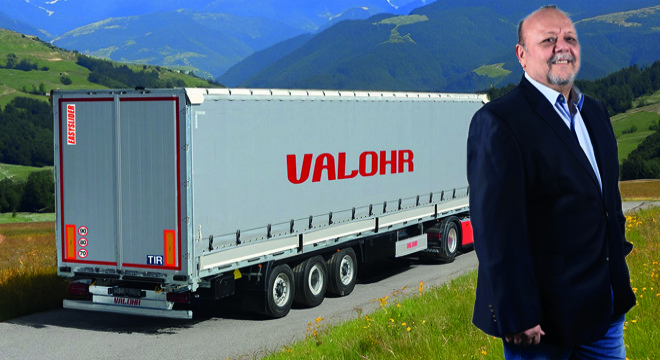
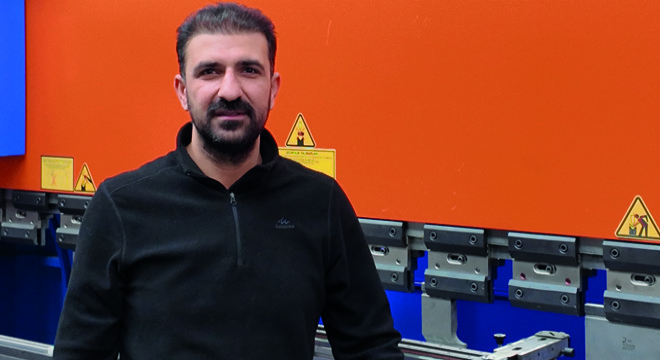

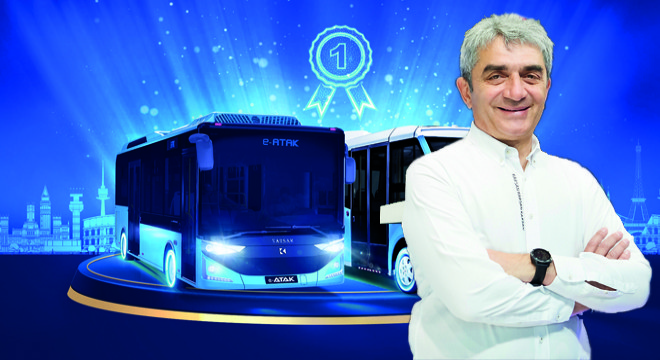
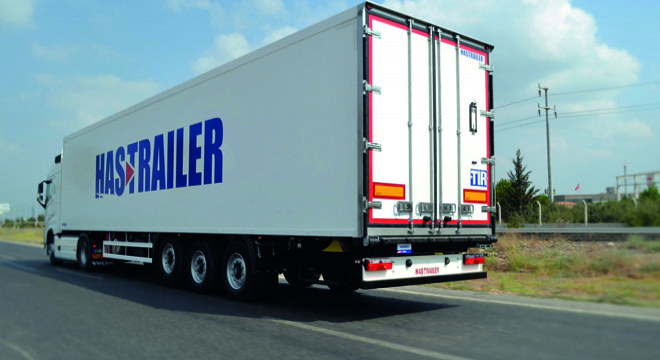
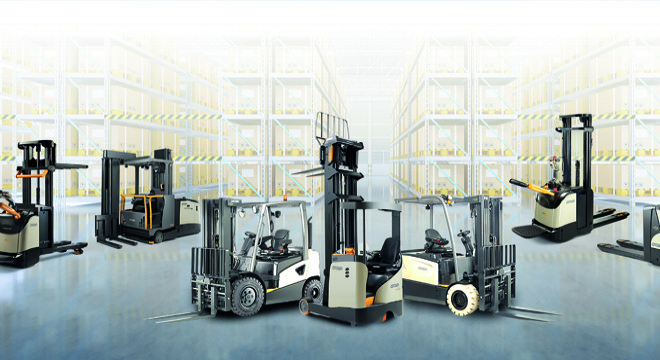
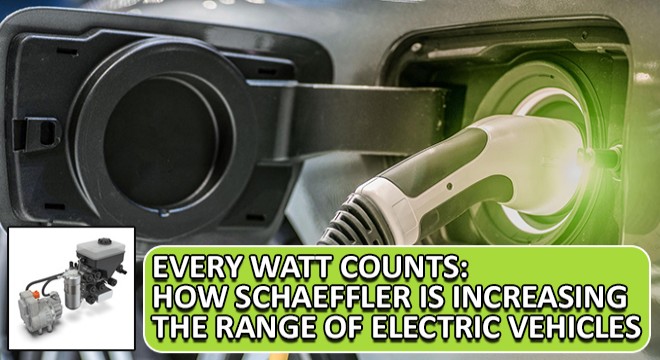
However, range of electric vehicles is a commonly cited issue, with every second EV/hybrid driver in Europe reporting it as one of the top three concerns they have with their vehicles (source: Shell EV-Driver-Report 2023). On top of that, the motor isn’t the only thing drawing on the battery. Especially in winter, all those creature comforts also use electricity – at the expense of range. Schaeffler is doing a lot of work in this space, as CEO Automotive Technologies Matthias Zink explains: “Schaeffler is developing solutions to combat range anxiety. Our smart technical solutions and wide range of components and systems for fully electrified powertrains improve the day-to-day practicality of electric vehicles by reducing power consumption and increasing range.” Drivers thus have to charge their cars less frequently. Depending on the design of the vehicle application, vehicle manufacturers can also use the energy savings to make the battery smaller and thus the vehicle more cost-effective.
High-efficiency bearing solutions
All cars need bearings – and electric cars are no exception. That being so, one of the key ways of boosting range in electric cars is to reduce frictional losses – where energy that would otherwise be used for powering the vehicle is lost as heat through bearing friction. Schaeffler has developed solutions to counter this. A set of highly efficient transmission bearings by Schaeffler can reduce friction significantly, saving about 50 watts of energy compared to conventional bearing solutions. That translates directly into extra range. Alternatively, in winter, those extra 50 watts can be put towards heating the exterior mirrors or steering wheel*, without any loss of range. Just as importantly, Schaeffler’s EV transmission bearings are specially adapted for the high rotational speeds of electric-drive transmission input shafts and therefore ensure optimal load accommodation.
For even more range, Schaeffler offers TriFinity wheel bearings. Wheel bearings are part of the electric vehicle’s chassis. They guide and support the drive shafts and axles, ensuring that the wheels can turn with minimal resistance, even under high mechanical load. Wheel bearings are subjected to immense forces during normal driving operation. And they are constantly in motion, rotating about 100 million times every 180,000 kilometers traveled. TriFinity wheel bearings by Schaeffler reduce frictional losses by a massive 67 percent compared to conventional bearings. That represents a saving of more than 200 watts, equating to about 20 kilometers of additional range in a fully charged electric SUV with a 120-kWh battery capacity. Alternatively, in winter, those extra 200 watts can be used for heating the driver and passenger seats* – with no loss of range. Seat heating systems consume around 100 watts per seat during the intensive heating phase, whereas the TriFinity wheel bearing actually delivers its savings permanently. Furthermore, the triple-row TriFinity wheel bearing offers a weight saving of about 10 percent over standard double-row ball bearings – for the same dimensions. It also offers a longer service life. As well as that, it boasts more than 20 percent greater stiffness, so it can transfer greater axle loads, which is a key advantage, especially in heavier electric vehicles.
Overcoming range anxiety with thermal management
Thermal management offers major potential for range improvement – and it’s an area in which Schaeffler has been developing solutions for around 15 years. Since 2011 Schaeffler has been supplying thermal management solutions to OEMs. “Especially in electric vehicles, thermal management has a decisive influence on many customer-relevant features, such as range and comfort, and is therefore increasingly becoming a key competitive factor for automotive manufacturers,” said Dr. Jochen Schröder, Head of the E-Mobility division at Schaeffler. Schaeffler is developing an array of solutions for this, ranging from versatile, multi-application components to highly integrated thermal management systems, to 4in1 e-axles that combine motor, transmission, power electronics and thermal management in a single, optimized unit. The 4in1 e-axle eliminates the additional hoses and cables required by decentralized thermal management systems, so less energy is lost. And because it has fewer parts, it weighs less and is easier for vehicle manufacturers to install. This fully integrated solution also yields further increases in range and charging speed because it keeps the powertrain, including the battery, at the right temperature. It keeps the vehicle’s occupants comfortable and at the right temperature as well. Thanks purely to the optimized interplay between its four subsystems, the 4in1 e-axle can save a compact electric car with a 75-kWh battery about 1 kWh of power per 100 kilometers of travel. That’s approximately seven percent more range, or about 36 kilometers.
Schaeffler is also developing a new type of heat pump for use both in the 4in1 e-axle and as a stand-alone component. The heat pump turns thermal energy from the surrounding air and waste heat from the motor, power electronics and battery into usable heating. This conserves battery power, which is at a premium in the colder winter months. Compared to a compact car with a 75-kWh battery and decentralized thermal management, the same vehicle with a 4in1 e-axle and heat pump system will use around 4 kWh less energy per 100 kilometers (measured in WLTC, based on an outside temperature of -7°C). That equates to a 17 percent increase in range, or a gain of 48 kilometers. Alternatively, that saving can be put into added comfort and safety in the form of heated seats and steering wheel, heated exterior mirrors, and a heated rear windscreen (which together use about 410 watts of power*). Another advantage of the Schaeffler heat pump system is that it uses the naturally occurring refrigerant carbon dioxide (R744), which is much less harmful to the environment than the conventional refrigerant (Rf1234yf). R744 is non-combustible, has a low greenhouse gas potential, and does not damage the ozone layer. For automakers and car owners, this represents an investment in climate protection and the future.
* Power consumption reference values for vehicle functions (Source: ADAC)
Visit Schaeffler at IAA Mobility 2023 in Munich:
At this year’s IAA Mobility show at the Munich Exhibition Center, Schaeffler is exhibiting a whole range of new technologies for sustainable, efficient and comfortable mobility. These include solutions for inner-city goods delivery using e-cargo bikes, a new type of steering system, high-efficiency electric and hydrogen drives, new mobility concepts, and more.
Schaeffler press conference: Monday, September 4, 2023, 11:00 a.m. to 11:20 a.m. (CEST): Klaus Rosenfeld, CEO of Schaeffler AG, and Matthias Zink, CEO Automotive Technologies at Schaeffler AG, will address the media at the Schaeffler showcase at Booth B40 in Hall B3 and online via live stream.
Schaeffler at the IAA Conference
Schaeffler and mocci are also teaming up for the IAA Experience at the IAA Summit in Hall A3. There, on the Cycling & Micromobility Course, visitors will be able to test-ride mocci e-cargo bikes featuring drive technology by Schaeffler. The IAA Experience is open from 9:00 a.m. to 6:00 p.m. daily from September 4 to September 8.
 |
 |
 |
 |
|||||
|
|
|||||||
 Küfür, hakaret içeren; dil, din, ırk ayrımı yapan; yasalara aykırı ifade ve beyanda bulunan ve tamamı büyük harflerle yazılan yorumlar yayınlanmayacaktır. Neleri kabul ediyorum: IP adresimin kaydedileceğini, adli makamlarca istenmesi durumunda ip adresimin yetkililerle paylaşılacağını, yazılan yorumların sorumluluğunun tarafıma ait olduğunu, yazımın, yetkililerce, fikrim sorulmaksızın yayından kaldırılabileceğini bu siteye girdiğim andan itibaren kabul etmiş sayılırım. |







